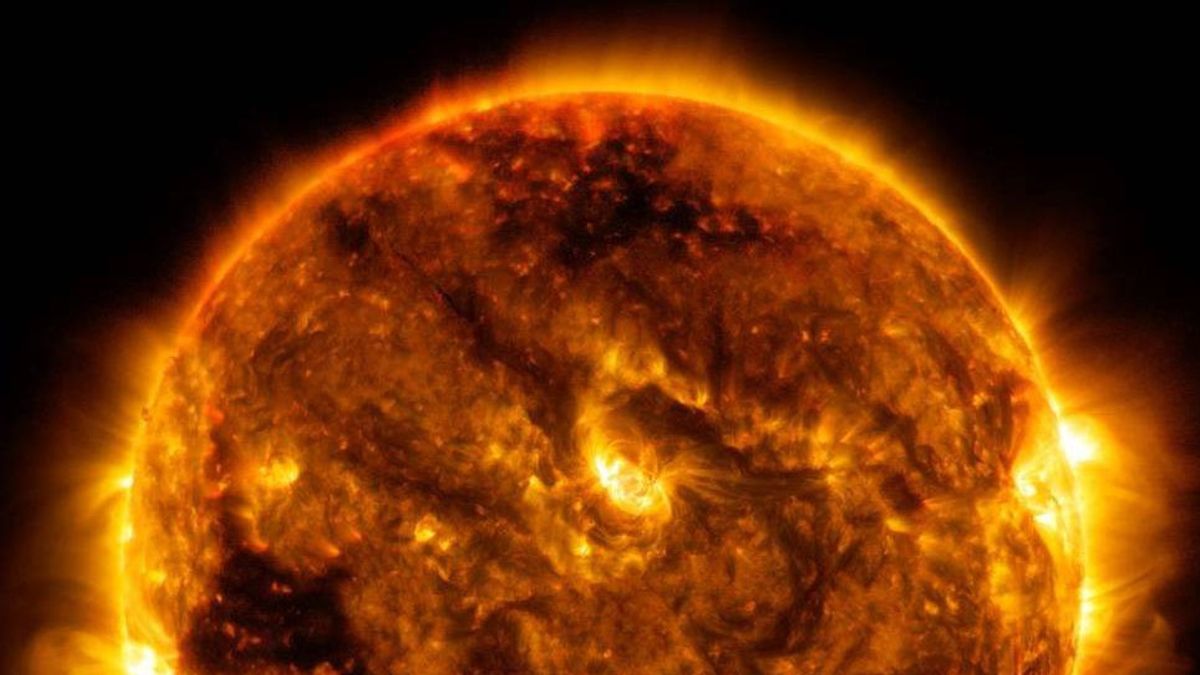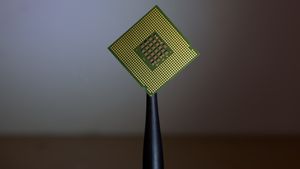JAKARTA - In the midst of preparing for a mission to Mars, NASA has now chosen two more science missions, namely the Multi-slit Solar Explorer (MUSE) and HelioSwarm. This mission is useful to help improve understanding of the dynamics of the Sun, the Sun-Earth connection, and the constantly changing environment of space.
Both missions will offer critical information to help protect astronauts, satellites, and communications signals such as GPS, as well as better understand the universe.
“MUSE and HelioSwarm will provide new and deeper insights into the sun's atmosphere and space weather. These missions not only expand the science of our other heliophysical missions, they also provide a unique perspective and new approach to understanding the mysteries of our star," said Thomas Zurbuchen, Associate Administrator for Science at NASA Headquarters, Washington. , February 14th.
The main objective of the MUSE mission is to investigate the causes of coronal heating and instability, such as coronal mass flares and ejections, and gain insight into the nature of the coronal base plasma.
MUSE will obtain high-resolution images of the evolution of the Sun's flare band in a field of view focused on a large active region of the Sun.
The mission, which will cost $192 million, will help scientists understand the forces driving the warming of the Sun's corona and eruptions in the outer regions on which space weather is based.
The mission will offer deeper knowledge of the physics of the Sun's atmosphere by using a powerful instrument known as a multi-slit spectrometer to observe the Sun's extreme ultraviolet radiation and obtain the highest-resolution images ever taken of the transition region of the Sun and the corona.
In addition, MUSE will also provide complementary observations from heliophysics research such as the Extreme UltraViolet Spectroscopic Telescope and ground-based observatories.
“MUSE will help us fill important gaps in knowledge related to the Sun-Earth connection. This will provide more insight into space weather and complement a number of other missions in the heliophysics mission fleet," said Nicola Fox, director of the Heliophysics Division at NASA Headquarters.
The HelioSwarm mission, which is a constellation or swarm of nine spacecraft, will capture the first multiscale measurements of magnetic field fluctuations and movements of the solar wind in space, known as solar wind turbulence.
VOIR éGALEMENT:
The outermost layer of the Sun's atmosphere, the heliosphere, covers a very large area of the Solar System. The solar wind propagates through the heliosphere, its interaction with the planet's magnetosphere, and disturbances such as coronal mass ejections affect its turbulence.
Studying the turbulence of the solar wind over a large area requires plasma measurements taken simultaneously from multiple points in space.
The HelioSwarm mission, which cost 250 million US dollars, consisted of one hub spacecraft and eight small satellites orbiting together, and apart from each other and the hub spacecraft.
The hub spacecraft will maintain radio contact with every tiny satellite. All radio contact between the swarm and Earth will be made via NASA's Deep Space Network hub spacecraft and communications antenna.
"The technical innovation of the small HelioSwarm satellite operating together as a constellation provides a unique ability to investigate turbulence and its evolution in the solar wind," said Peg Luce, Deputy Director of the Heliophysics Division.
The English, Chinese, Japanese, Arabic, and French versions are automatically generated by the AI. So there may still be inaccuracies in translating, please always see Indonesian as our main language. (system supported by DigitalSiber.id)













